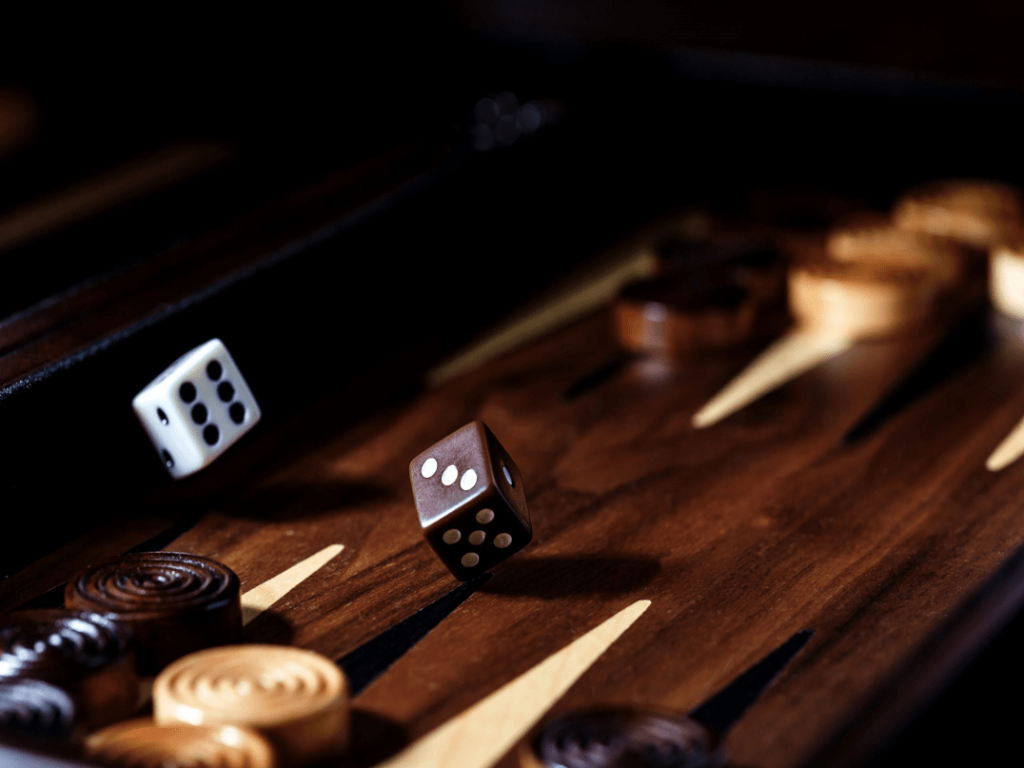Did you know that Arabic games go far beyond mobile apps and video consoles?
From classic street games to national tournaments, Arabic games reflect the culture, values, and creativity of the Arab world. In this blog, we explore traditional Arabic games, highlight fun kids Arabic games, and take a look at some iconic traditional games in Saudi Arabia—plus how modern Arabic games are evolving today.
What Are Arabic Games?
Arabic games are games that have been played by children and adults across the Arab world for generations. Many of them are part of oral tradition and require nothing more than a few simple objects—or just imagination and energy.
They teach teamwork, physical coordination, and social skills while celebrating local culture. Whether in Saudi Arabia, Jordan, Egypt, or Morocco, these games form a shared memory across Arab communities.
Popular Kids Arabic Games
Before smartphones and tablets, Arab children played outdoors with games that required running, thinking, and group cooperation. Some of the most loved kids Arabic games include:
Al-Ghommeida (Hide and Seek)
- A universal favorite.
- One player counts while the others hide.
- The seeker tries to find all players without being tagged.
Saba’ Hajjar (Seven Stones)
- A game played with 7 flat stones and a ball.
- One team knocks the stones down, then rebuilds while avoiding being hit by the ball.
Teela (Marbles)
- Played with colorful glass marbles.
- Players aim and flick to knock opponents’ marbles out of a circle.
These games are simple, fun, and full of excitement. They remain some of the most beloved kids Arabic games across the region.
Traditional Games in Saudi Arabia
Traditional games in Saudi Arabia are still celebrated during cultural festivals and family gatherings. They reflect Saudi values like teamwork, endurance, and community spirit.
Al-Shadda
- A physical team game requiring strength and balance.
- Played mostly by boys in rural areas.
Taq Taqiyya (Duck-Duck-Goose style)
- A circle game where children sing a rhyme.
- One player walks around the circle and drops a cap behind someone, starting a chase.
Al-Hajla (Hopscotch)
- Played by drawing boxes on the ground.
- Players hop across with one foot, avoiding stepping outside the lines.
Kaboosh (Sheep Bone Game)
- Played with small animal bones.
- Players toss and catch in patterns using hand coordination.
These traditional games in Saudi Arabia are cherished for their simplicity, creativity, and cultural significance.
Why Are Arabic Games Important?
Whether old or new, Arabic games play a key role in:
- Teaching language and cultural identity
- Promoting teamwork and critical thinking
- Bringing families and communities together
- Keeping heritage alive through play
They’re more than just entertainment—they’re cultural tools and learning experiences.
Conclusion
From ancient traditional Arabic games to today’s kids Arabic games, the world of Arabic play is rich, diverse, and deeply rooted in culture. Whether you’re a learner of Arabic or simply curious about the Arab world, these games offer a window into a playful yet meaningful part of everyday life.
Try one of these games today—or share them with a child in your life. The fun is timeless!
Want to learn Arabic through culture and play?
Download the “Kaleela” app to learn Arabic in a fun and interactive way!



